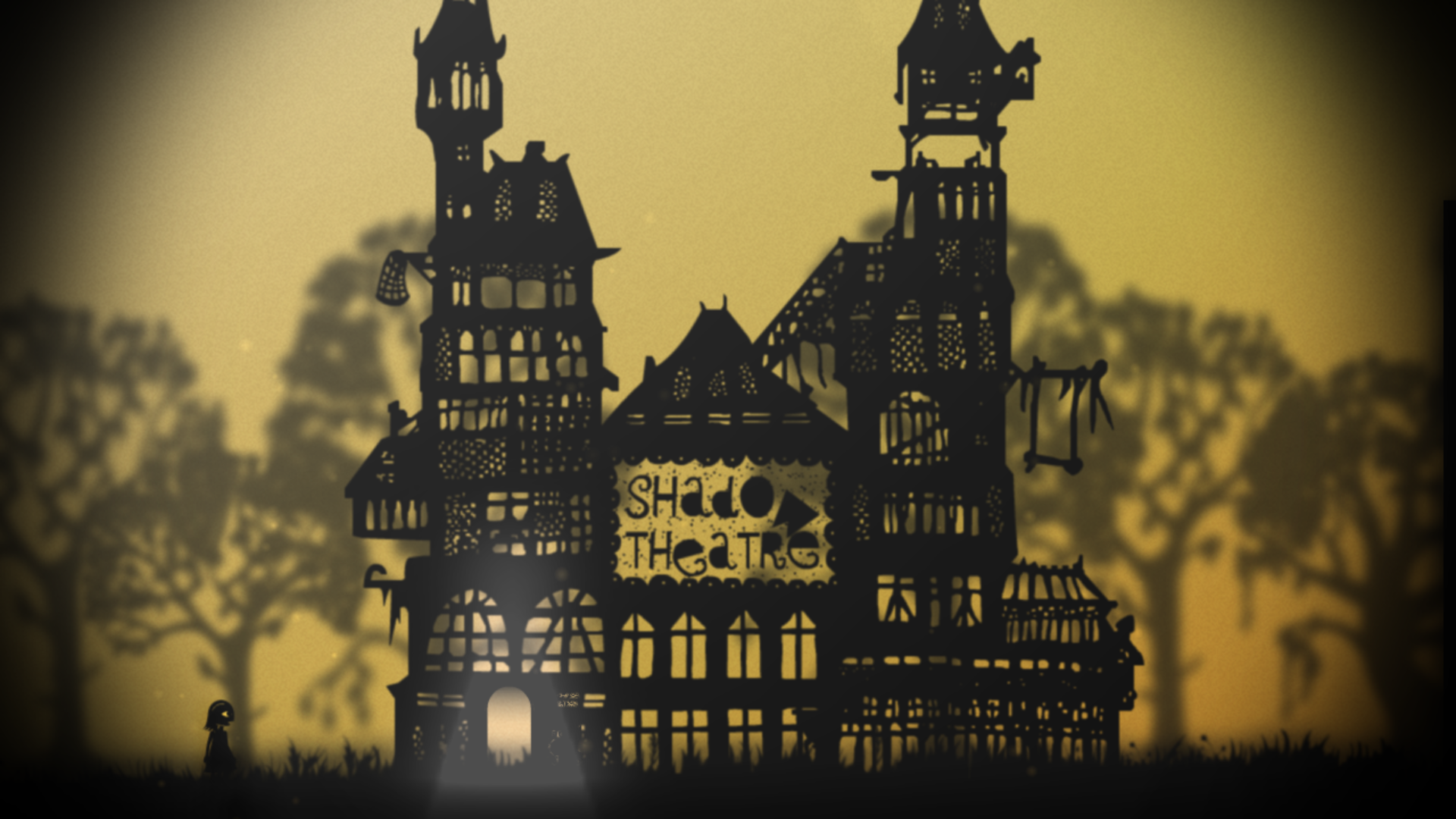Projection: First Light is a puzzle-platformer that explores different cultures in a world of shadow puppetry. It’s the debut game from Australian indie studio Shadowplay Studios, and it’s slated for release in Q2 2018 for PC, Nintendo Switch, PlayStation 4, and Xbox One.
“Projection came from one of those ideas when I was playing with a low hanging light in my house and wondered what it would be like to add physics to shadows,” said Shadowplay founder and designer Michael Chu. “There’s always something enjoyable about taking existing things people are very familiar with and adding a twist which suddenly brings a lot of complex gameplay.”

Unlock premium content and VIP community perks with GB M A X!
Join now to enjoy our free and premium membership perks.
![]()

![]()